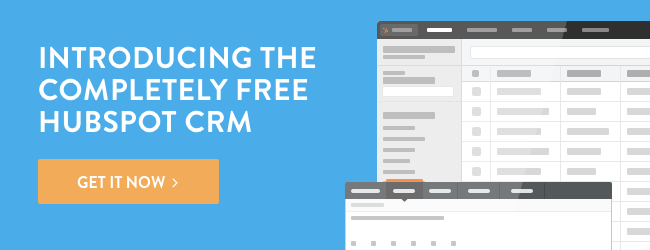
Imagine opening your email and seeing HUNDREDS of new unread emails ... every single day.
Some of us don't have to imagine much, because this constantly flooding inbox is what we've become accustomed to. The real problem we face is taming the email beast.
Fortunately Eric Schmidt, Google’s Executive Chairman and former CEO, has found a way to stay sane while receiving hundreds of emails coming in from all directions.
He’s developed asystemthat keeps his email from ever getting out of hand. It works in three steps.
Step 1: Respond to email in L.I.F.O. (Last In First Out) order.
Schmidt has a famous saying:
![]()
If you handle email in L.I.F.O. order, sometimes the older stuff gets taken care of by itself.
I’ve found this true in multiple scenarios. When I’m late to reply to an email in the bottom of my inbox, chances are the person already figured out the answer or someone else took care of it.
Schmidt’s first lesson is clear — start with the most recent emails, then work your way down.
Step 2: Follow the O.H.I.O. Method whenever possible.
For emails we need to respond to, we have two options:
1.Respond now
2.Respond later
So when Schmidt gets an email, he follows this very simple flowchart:

He has a bias toward responding immediately, versus saving it for later, sincerereading an email is a waste of time in itself. He refers to this lesson as the O.H.I.O. Method:
“Remember the old O.H.I.O. acronym: Only Hold It Once. If you read the [email] and know what needs doing, do it right away. Otherwise you are dooming yourself to rereading it, which is 100 percent wasted time.”
To saveeven moretime, use keyboard shortcuts to hit reply and send:
回复 |
To Send Email |
|
Pressr |
HoldCommand, pressEnter |
|
HoldCtrl, pressr |
HoldAlt, presss |
|
HoldCommand, pressr |
HoldCommandandShift, pressd |
For emails that require deeper thought, Schmidt will save them for later:
If you [follow the O.H.I.O. Method], then your inbox becomes a to‑do list of only the complex issues, things that require deeper thought (label these emails “take action,” or in Gmail mark them as starred), with a few “to read” items that you can take care of later.
In Gmail, mark them as starred. In Apple Mail or Outlook, flag them.
Step 3. Clean out the “starred” (or flagged) emails every day
Schmidt advises to clean out the “read later” folder every day, so the overflowing inbox doesn’t just get transferred to an overflowing “read later” folder:
To make sure that the bloat doesn’t simply transfer from your inbox to your “take action” folder, you must clean out the action items every day. This is a good evening activity. Zero items is the goal, but anything less than five is reasonable. Otherwise you will waste time later trying to figure out which of the long list of things to look at.
The easiest way to do this? Batch your “read later” emails at the end of every day.
The easiest method I’ve found is setting a repeating calendar reminder around 6pm, which is when I take care of the emails that require the most thought:

Schmidt’s lesson is clear: Act immediately … or end up wasting time.
Instead of wasting time figuring out which email to answer next … follow theL.I.F.O. Method.
Instead of opening and reading emails that we’ve already read … follow theO.H.I.O. Method.
This creates asystemthat will reduce thinking time of when to check email, or where to get started first. Because according to Schmidt, eventhinkingabout those two questions is a waste of time in itself:
Any time you spend thinking about which items in your inbox you should attack next is a waste of time. Same with any time you spend rereading a message that you have already read (and failed to act upon).
Follow the email management system from Google’s executive chairman, and you’ll have the powers to be lightning-fast in email, as well.
Originally published Aug 4, 2015 1:43:33 PM, updated February 01 2017
Topics:
Sales Time ManagementDon't forget to share this post!
Related Articles
Expand Offer
ctaSales Plan Template
Get it now
